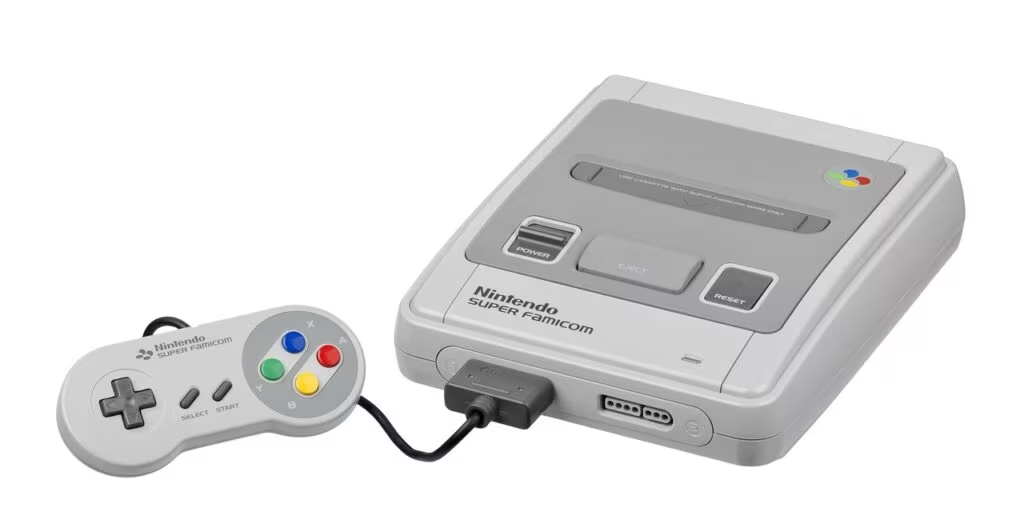The Contradiction at Valve’s Core: Defining the Steam Machine
When Valve Corporation officially unveiled the Steam Machine in the mid-2010s, the company was emphatic: this was not a console. It was a small form-factor PC designed for the living room. Yet, everything about its execution—from the dedicated Steam Controller to the standardized, couch-friendly interface—screamed ‘console.’ This fundamental identity crisis, where Valve attempted to bridge the gap between the closed, simple world of consoles and the open, complex world of PC gaming, ultimately defined the product’s trajectory.
Valve’s intent was clear: to bypass the limitations of closed ecosystems like Microsoft’s Xbox and Sony’s PlayStation by delivering the power and flexibility of PC gaming directly to the television set. They aimed to create an open hardware standard, allowing multiple manufacturers to build their own versions, thereby fostering competition and variety. However, this very approach led to fragmentation and consumer confusion, a key factor in its eventual commercial struggles.

Key Features That Defined the “Not-a-Console”
To maintain the distinction that the Steam Machine was a PC, Valve emphasized its internal flexibility and user control. Unlike traditional consoles, which lock down hardware specifications for years, the Steam Machine was intended to be upgradable and customizable.
Hardware and Storage Flexibility
The specifications varied widely depending on the third-party manufacturer (such as Alienware or Falcon Northwest). However, the base models offered robust PC-level storage options, a clear differentiator from the proprietary storage solutions common in consoles at the time. Key storage facts included:
- Internal Storage: Devices were set to offer high-speed solid-state drives (SSDs) in capacities such as 512GB or 2TB SSDs.
- Expandability: Storage was further expandable via microSD slots, offering users a relatively inexpensive way to increase their game library capacity.
- Valve’s Philosophy: Valve reportedly approached the external storage format not as a traditional hard drive expansion, but as a “glorified game cartridge,” emphasizing the ease of swapping out storage media loaded with games, much like physical console media.
This focus on user-serviceable components and standard PC hardware was central to Valve’s argument that the device was merely a PC in a new form factor.
The SteamOS Challenge and Fragmentation
The most significant technical hurdle and the primary reason Valve could claim the Steam Machine was not a console was its operating system: SteamOS. This was a custom, Linux-based operating system built on Debian.
Valve’s decision to use Linux was strategic, aiming to reduce reliance on Microsoft Windows and potentially lower licensing costs. However, this created a massive compatibility issue. While the Steam library contained thousands of titles, only a fraction were natively compatible with Linux/SteamOS at launch.
“We wanted to create an open platform where developers and users weren’t locked into a single ecosystem. SteamOS was the key to that freedom, but it came with its own set of challenges regarding game support and user adoption.”
This lack of native support meant that early adopters often had to stream games from a separate, powerful Windows PC (via Steam In-Home Streaming) or install Windows directly onto the device, negating the purpose of the Steam Machine and SteamOS.
The Fragmentation Problem
The open nature of the hardware, while philosophically sound, led to fragmentation. Consumers faced a confusing array of options, ranging from low-power media boxes to high-end gaming rigs, all branded as ‘Steam Machines.’ This contrasted sharply with the simplicity of buying a PlayStation or Xbox, where the hardware specifications were uniform and predictable.
Key Challenges of the Steam Machine Era:
- Limited Native Game Library: SteamOS lacked a sufficient library of AAA titles running natively on Linux.
- Hardware Inconsistency: The wide range of third-party hardware made performance unpredictable and complicated support.
- Interface Learning Curve: Despite the Big Picture Mode, navigating a Linux-based PC environment proved more complex for console users.

Legacy: How the Steam Machine Paved the Way for the Steam Deck
Although the Steam Machine project largely faded from the market by 2016, its impact on PC gaming and Valve’s future strategy cannot be overstated. The entire endeavor served as a crucial, large-scale beta test for technologies that would later become foundational to Valve’s successful handheld console, the Steam Deck (launched in 2022).
The Birth of Proton
The most critical legacy of the Steam Machine was the necessity it created for better Linux compatibility. Valve’s continued investment in this area eventually led to the development of Proton, a compatibility layer that allows Windows games to run seamlessly on Linux. Proton effectively solved the primary problem that crippled the original Steam Machine.
Refining the Hardware Strategy
The Steam Machine demonstrated that fragmentation was a fatal flaw. When designing the Steam Deck, Valve took the opposite approach: creating a single, standardized piece of hardware with tightly controlled specifications. This ensured a consistent user experience and guaranteed performance for developers.
In essence, the Steam Machine was the necessary, painful first step. It proved that the market existed for a portable, Linux-based gaming PC, but only if the user experience was as simple and unified as a console.
Key Takeaways: The Console That Wasn’t
The Steam Machine was a technological paradox—a PC platform that adopted the form factor and usage patterns of a console. While Valve maintained the distinction based on the open nature of the hardware and the Linux-based SteamOS, the market ultimately judged it based on its function and form.
- Identity Conflict: Valve’s insistence that the device was an open PC failed to resonate with consumers who saw a dedicated gaming box for the living room.
- Storage Innovation: The use of standard PC SSDs (up to 2TB) and microSD expansion demonstrated a commitment to user flexibility, viewing external storage as swappable ‘game cartridges.’
- Technical Groundwork: The project was a commercial failure but a technological success, driving the development of SteamOS refinements and the critical Proton compatibility layer.
- Precursor to Success: The lessons learned from the Steam Machine’s fragmentation and software limitations were directly applied to the highly successful Steam Deck, proving the core concept was viable, provided the execution was standardized.

Conclusion: Defining the Line Between PC and Console
In the end, the debate over whether the Steam Machine was a console or a PC was semantic. For the average consumer, if it plugs into a TV, uses a custom controller, and runs a dedicated gaming OS, it functions as a console. Valve’s attempt to redefine the category by emphasizing internal openness was a bold move that prioritized philosophy over user simplicity.
While the Steam Machine itself did not survive, its legacy is evident in the current state of PC gaming, particularly in the thriving Linux gaming ecosystem powered by Proton. Valve proved that the living room could be conquered by PC hardware, but only when the software experience is as seamless and reliable as the closed console systems it sought to replace.
Original author: Matt Kamen
Originally published: November 22, 2025
Editorial note: Our team reviewed and enhanced this coverage with AI-assisted tools and human editing to add helpful context while preserving verified facts and quotations from the original source.
We encourage you to consult the publisher above for the complete report and to reach out if you spot inaccuracies or compliance concerns.

